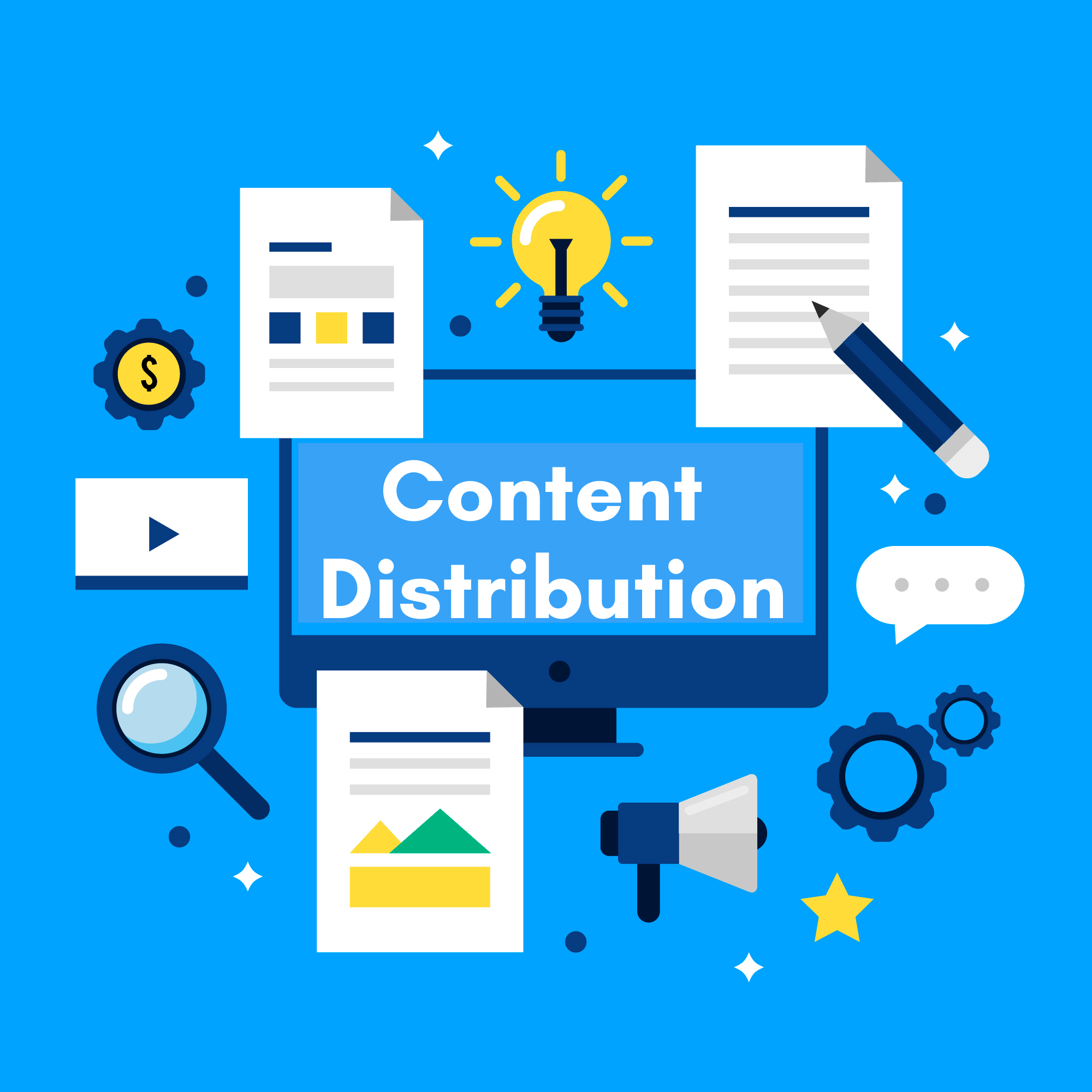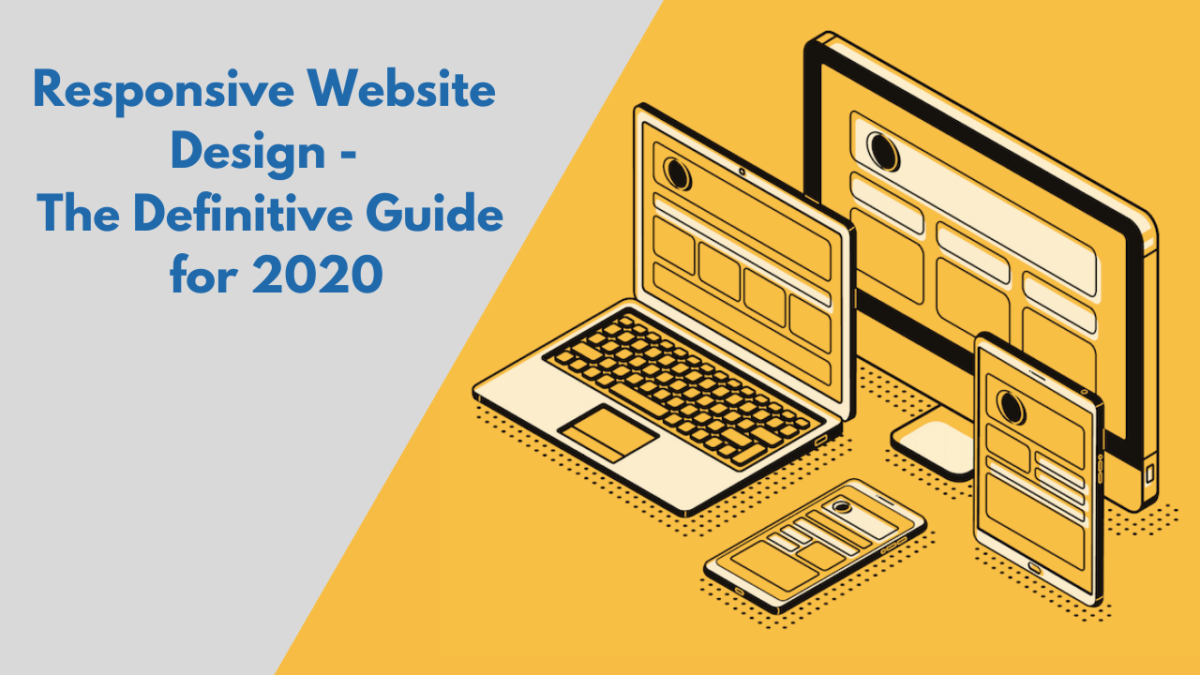The Most Effective Content Distribution Strategies
Let us take a look at these top three content distribution channels:
Turn Your Website or Blog into Marketing Channel
The third most effective content distribution channel is your website or blog. While social media has a vital role in content distribution, you are creating your marketing castle on leased land.
If social media marketing is modified due to a change in rules or regulations like GDPR, you might have to decrease your content distribution ventures.
Your blog or website, though, is entirely under your power. You don’t need to take your content down or restrict your content distribution venture as no one can set the rules except you.
Your content will additionally endure on your blog or website permanently. It further enables you to drive web traffic to your website immediately.
Since optimizing your website for the appropriate keywords and additional SEO components is effective, you should further set up a blog (if you have not already) to increase your site’s rank.
Moreover, blogging further empowers you to showcase your expertise in the niche.
So, make sure to write exclusive high-quality content on your blog. Don’t produce content solely for the sake of it. Utilize tools such as Google Analytics or SEMrush to understand what kind of blog posts are working well.
You can concentrate on writing similar posts to keep drawing more web traffic. You can combine your blog posts to different high-authority sites and create backlinks that will further enhance your website’s rank.
Alternatively, you can additionally request guest bloggers to write content on your blog. Publishing user-made content on your website is also a great idea.
Benefit From the Power of Email
Email is maybe the most reliable way to influence your target audience. According to Campaign Monitor, the standard open rate for email marketing information is generally in the range of 20% to 30%.
In other words, your information is 5 times more prone to be seen via email than on Facebook and 6X more inclined to receive a click-through from an email campaign than you are from a tweet.
You can utilize email for distributing various types of content, varying from newsletters to the disclosure of your newest products. You can post daily, weekly, and monthly updates to your viewers as well. Plus, it is additionally simpler to automate email campaigns.
Trying to keep your email as brief as possible is better. People don’t have the time to go through long emails. Get to the point swiftly and apply the appropriate CTA.
Begin by writing an engaging subject line that explicitly describes what you are distributing in the email. Furthermore, make it as personalized as possible.
Personalization builds a more significant consumer experience, boosting the possibilities of conversions. Use appealing graphics, text, and additional visuals, if needed.
Leverage Your Social Media Profiles
The total number of users on social media is increasing quickly. As of April 2019, out of the 7.697 billion people alive globally, 3.499 billion of them were social media users.
However, most importantly, an expanding number of people are actively exploring their favourite brands on social media. That is why social media can make your content viral.
It further enables brands and companies to engage and connect with their target audience immediately. For example, the average engagement rate for Facebook video posts is a whopping 6.01%.
But, you will require to post appropriate and engaging content that resonates with your target audience. So, first, you will need to recognize the social media channels where your viewers hang out.
Take a glimpse at your analytics to locate out where and when your audience is most productive. Use various kinds of content (videos, images, and text posts) to communicate with your audience.
Whether you are selling branded content, new content, or also user-generated content, make sure the story adjusts with your target audience’s customer journey.
It’s important to note that the primary purpose of social media sharing is establishing trust and actively getting involved with your consumers. Try to handle both negative and positive engagement with grace.




